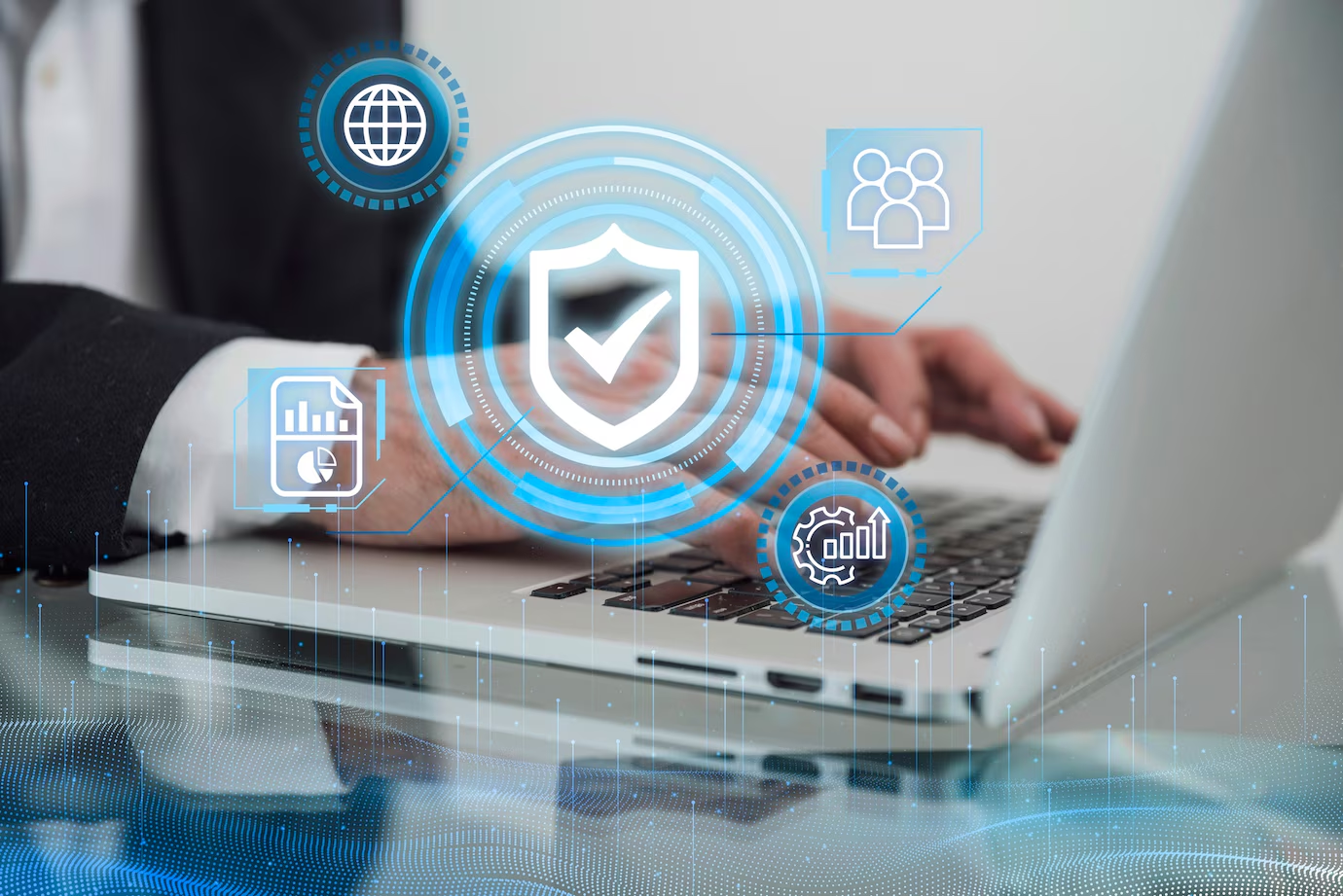
In today’s rapidly advancing technological world, information technology (IT) and data-driven industries are the backbone of many sectors. From healthcare to finance and manufacturing, the demand for digital solutions has surged. However, this increased reliance on technology and data presents significant security challenges. Securing IT infrastructure and sensitive data is no longer optional—it is a necessity.
In this blog, we will explore the essential elements of securing IT and data-driven industries and why it is crucial for businesses to adopt comprehensive cybersecurity strategies.
Cybersecurity is the practice of protecting systems, networks, and programs from digital attacks. These attacks can come in many forms, such as malware, ransomware, and phishing. In data-driven business security, the stakes are particularly high, as a data breach can result in massive financial losses, reputational damage, and legal consequences. Advanced cybersecurity techniques are essential for safeguarding your systems and ensuring IT security solutions are effective.
As the reliance on data grows, so do the threats targeting it. Hackers and cybercriminals employ ever-evolving tactics to exploit vulnerabilities in IT infrastructure security. Cyber threats prevention methods such as risk assessment in IT and proactive data breach prevention tips can help mitigate risks and protect sensitive data.
Data encryption is one of the most reliable ways to safeguard sensitive information. Whether stored on-premises, in the cloud, or in transit, encryption is a cornerstone of data protection strategies. By encrypting data, you ensure that even if it is intercepted, unauthorized individuals cannot access it.
Incorporating multi-factor authentication (MFA) significantly reduces the risk of unauthorized access. This security measure complements endpoint security solutions by requiring multiple layers of verification. MFA is critical for IT security audits and compliance with modern data privacy requirements.
Keeping your software updated is non-negotiable in cybersecurity for tech companies. Unpatched vulnerabilities can open the door to malicious actors. Employing automated systems for patch management ensures that your network security best practices are adhered to and your systems remain secure.
Establishing a reliable IT disaster recovery planning strategy is crucial. Regular data backups, securely stored in multiple locations, are essential for protecting against data breach prevention tips and minimizing operational downtime.
With the rise of cloud services, businesses must adopt robust cloud security essentials. Securing cloud-based systems involves strong access control mechanisms, routine audits, and adhering to data privacy compliance guidelines. A well-secured cloud environment plays a pivotal role in protecting sensitive data.
Adopting role-based access control (RBAC) and the principle of least privilege is essential for minimizing internal and external security threats. This step, combined with zero-trust security models, ensures that only authorized individuals can access critical IT systems and data.
Human error is a common cause of security breaches. Providing employees with regular cybersecurity training helps them understand how to identify phishing attempts, secure IoT devices, and use strong passwords. Creating a culture of security awareness is one of the most effective data protection strategies.
Building a resilient network requires secure network architecture with firewalls, segmentation, and intrusion prevention systems (IPS). By focusing on network security best practices, businesses can reduce their vulnerability to cyberattacks.
Real-time monitoring tools, such as advanced cybersecurity techniques, are essential for detecting and mitigating potential threats. These systems, combined with IT security audits, enable organizations to remain proactive and address vulnerabilities before they are exploited.
Staying compliant with regulations such as GDPR, HIPAA, or PCI-DSS is crucial for businesses. Data privacy compliance ensures that sensitive information is handled securely and mitigates the risk of legal penalties. Regular audits are a vital part of IT security solutions.
The integration of IoT devices into IT ecosystems introduces new vulnerabilities. Protecting these devices through cyber threats prevention methods such as encryption and regular updates is critical for maintaining a secure network.
Even with the best preventive measures, incidents may occur. Developing an incident response plan (IRP) ensures swift action in the event of a breach. Testing and refining the IRP as part of IT disaster recovery planning helps businesses recover quickly from setbacks.
Emerging technologies such as AI in cybersecurity, machine learning, and blockchain offer new ways to enhance IT infrastructure security. Staying ahead of evolving threats requires businesses to adopt innovative solutions and continually refine their cybersecurity training programs.
Securing IT and data-driven industries is a critical task that requires a multi-layered approach. By leveraging data protection strategies, employing IT security solutions, and staying proactive with cyber threats prevention, businesses can safeguard their systems and data. In a world increasingly driven by technology, cybersecurity is not just an operational need—it’s a competitive advantage. Protecting your business with a comprehensive approach ensures its long-term stability and success.
@2025 Private Eye Security Services, All Rights Reserved. Developed by Starsite